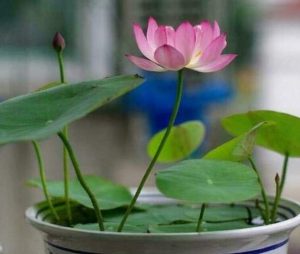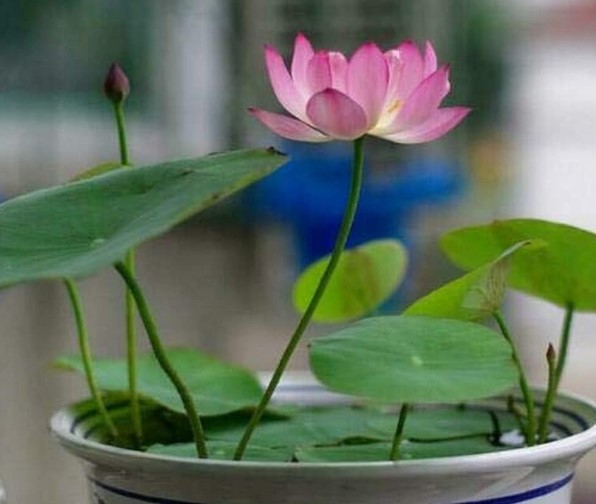Hydroponics is becoming a favorite method for gardeners who want to grow plants indoors, no soil required! But why are hydroponic plants gaining so much attention? In this guide, we’ll cover the basics of hydroponic gardening, the best plants to grow, equipment you’ll need, and helpful tips to get you started with a rewarding hydroponic setup at home.

What Are Hydroponic Plants?
Hydroponic plants are grown without traditional soil. Instead, they thrive in a nutrient-rich water solution. The method provides a direct delivery of essential nutrients to the plant’s roots, leading to faster growth and higher yields. This makes it a great choice for anyone looking to grow plants in small spaces, indoors, or in places with poor soil quality.
In hydroponics, you can grow anything from leafy greens to fruiting plants—all with minimal water and a controlled environment. This method is also eco-friendly since it uses 90% less water than traditional soil-based gardening.
Benefits of Growing Hydroponic Plants
Hydroponic gardening offers several advantages:
1. Efficient Space Usage: Ideal for indoor and small-space gardening, hydroponics lets you grow vertically, optimizing limited areas.
2. Faster Growth Rates: Plants can grow up to 25% faster in a hydroponic system than in soil because they have direct access to nutrients.
3. Water Conservation: Hydroponics uses less water since water circulates and recycles through the system.
4. Year-Round Growth: Indoors, you control light and temperature, so you can grow hydroponic plants all year.
5. Cleaner Environment: With no soil involved, there’s less risk of soil-borne pests and diseases.
Best Plants for Hydroponics
Hydroponics works well for a variety of plants, but here are some of the best choices for beginners:
– Lettuce: A popular hydroponic crop that grows quickly and is easy to maintain.
– Spinach: Great for salads and smoothies; spinach thrives in hydroponic setups.
– Herbs: Basil, mint, oregano, and cilantro grow well hydroponically and make cooking more flavorful.
– Strawberries: While more advanced, strawberries adapt well to hydroponic systems and yield sweet, juicy fruit.
– Tomatoes: These require more care but reward you with delicious, fresh tomatoes year-round.
Types of Hydroponic Systems
1. Deep Water Culture (DWC)
In DWC systems, plant roots dangle in nutrient-rich water, continuously absorbing oxygen and nutrients. This simple setup is cost-effective and beginner-friendly, making it a good first system for new hydroponic gardeners.
2. Nutrient Film Technique (NFT)
With NFT, a thin layer of nutrient solution flows over the roots, providing nutrients directly. This is more advanced but works well for lighter crops like lettuce and herbs.
3. Drip System
In a drip system, nutrient solution drips down to each plant’s root zone, delivering moisture and nutrients directly. This is highly customizable, making it versatile for different plant types.
4. Wick System
A passive system, the wick system uses a wick to draw water and nutrients up to the roots. While easy to maintain, it works best for smaller plants that don’t need much water, like herbs.
5. Aeroponics
This advanced method involves suspending plant roots in the air and misting them with nutrient solution. It offers rapid growth but requires precise conditions and monitoring.
Essential Hydroponic Equipment
1. Grow Lights
For indoor systems, LED grow lights are essential to provide your plants with light for photosynthesis. Look for full-spectrum lights, which mimic sunlight and promote healthy growth.
2. pH and Nutrient Testing Kit
Hydroponic plants require a specific pH range, usually between 5.5 and 6.5. A testing kit ensures your solution stays within this range. Regular monitoring keeps plants healthy and prevents nutrient lockout.
3. Air Pump and Air Stone
Oxygen is critical to plant roots, and an air pump and stone keep the nutrient solution oxygenated, preventing root rot.
4. Growing Medium
In hydroponics, a growing medium provides support without soil. Popular options include Rockwool, perlite, and coconut coir. The choice depends on the system and type of plant.
5. Nutrient Solution
Since there’s no soil, nutrients must be dissolved in water. Look for nutrient solutions specific to hydroponics, as they contain the right balance of essential elements.
6. Water Reservoir and Net Pots
A reservoir holds the nutrient solution, while net pots allow plant roots to access the solution directly. Together, they form the heart of a hydroponic system.
Step-by-Step Guide to Starting a Hydroponic Garden
1. Choose Your Plants
Start with easy-to-grow options like lettuce or herbs. These are forgiving and allow you to learn the basics without too much fuss.
2. Select a System
Beginners often start with a Deep Water Culture or Wick System due to their simplicity. Once you gain experience, you can experiment with more complex setups like NFT or Aeroponics.
3. Set Up Your System
Assemble your equipment: set up the water reservoir, air pump, growing medium, and other components. Ensure your plants’ roots can easily reach the nutrient solution.
4. Mix Nutrient Solution and Fill Reservoir
Follow instructions on your nutrient solution packaging to prepare the mixture, then add it to the reservoir. Check the pH to ensure it’s within the correct range.
5. Plant Your Seedlings
Place seedlings in net pots with growing medium around the roots. Make sure the roots can access the water but aren’t submerged entirely (especially important in NFT and aeroponics).
6. Monitor Daily
Check the water level, nutrient concentration, and pH daily to keep your plants healthy. Keep an eye on grow lights to make sure plants are getting enough light without overheating.
7. Harvest and Enjoy
Hydroponic plants often mature faster than soil-grown plants, so you’ll likely have your first harvest in a few weeks!
Troubleshooting Common Issues in Hydroponics
1. Yellowing Leaves
This usually indicates a nutrient deficiency. Check the pH and adjust the nutrient levels. Sometimes, yellowing occurs due to light issues, so check the positioning of your grow lights.
2. Algae Growth
Algae grows where light reaches water. Cover your reservoir to block out light and reduce algae buildup.
3. Root Rot
If roots turn brown and slimy, they might be waterlogged or deprived of oxygen. Ensure your air pump is working correctly and adjust the setup if needed.
4. Slow Growth
Several factors, such as incorrect pH, low light, or insufficient nutrients, can cause slow growth. Check each factor systematically to determine the issue.
Hydroponic Plants: Advanced Tips for Success
– Rotate Crops: Try a mix of fast-growing plants like lettuce with longer-growing crops like tomatoes to keep a steady harvest cycle.
– Use Timers: For systems like NFT and aeroponics, a timer for the pump helps keep a consistent nutrient flow.
– Prune Regularly: Pruning promotes airflow, reduces disease, and encourages more robust plant growth.
– Consider Companion Planting: Some plants grow better together. For instance, basil and tomatoes thrive side by side, each benefiting from the other’s presence.
Getting Started: Final Thoughts
Growing hydroponic plants can be incredibly rewarding and is accessible to almost anyone with a bit of space, curiosity, and patience. Whether you’re looking to grow fresh vegetables year-round, cultivate unique herbs, or maximize space in your urban apartment, hydroponics offers a versatile solution.
So, why not take the plunge? With this guide, you have all the essential knowledge to start growing your hydroponic garden.
